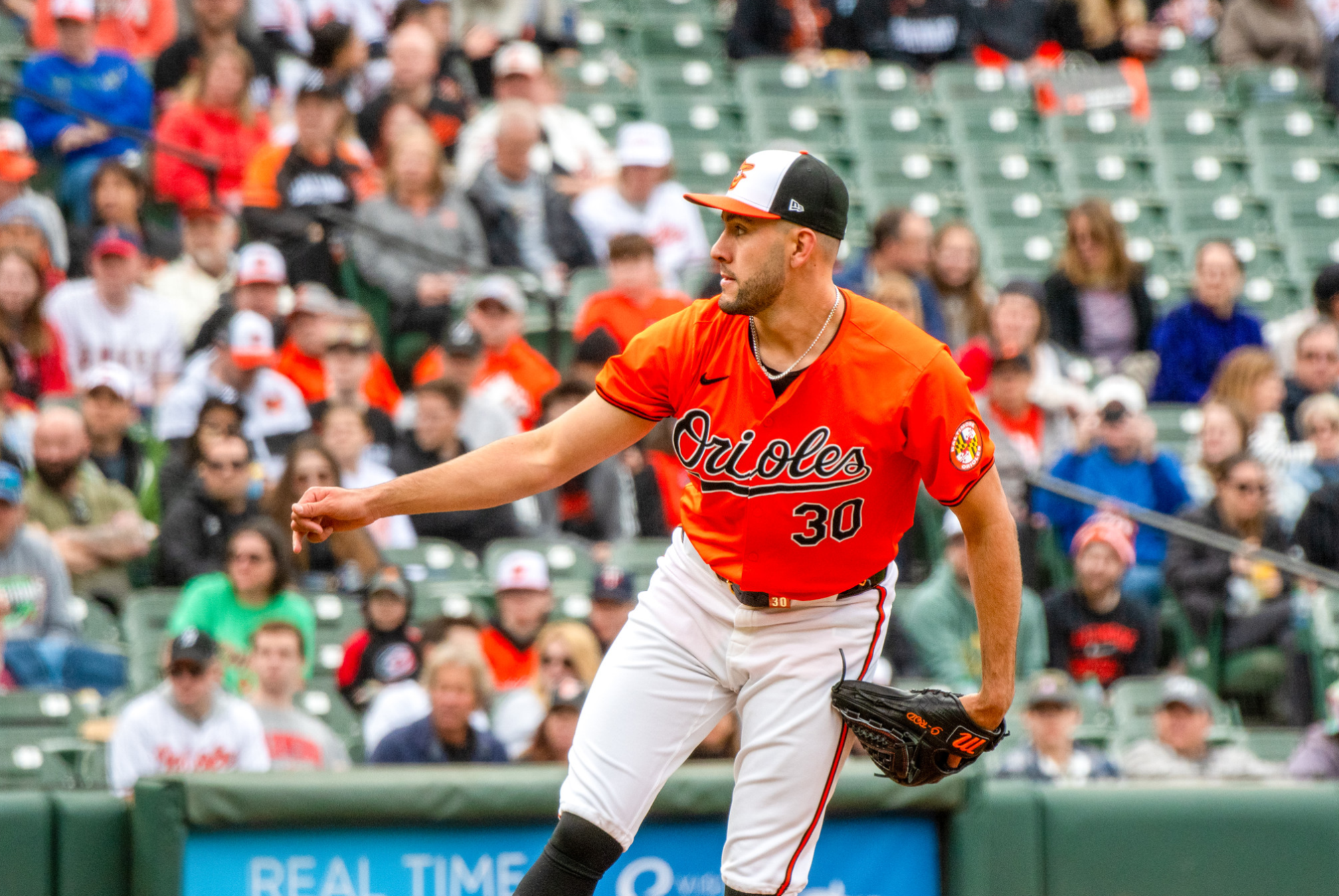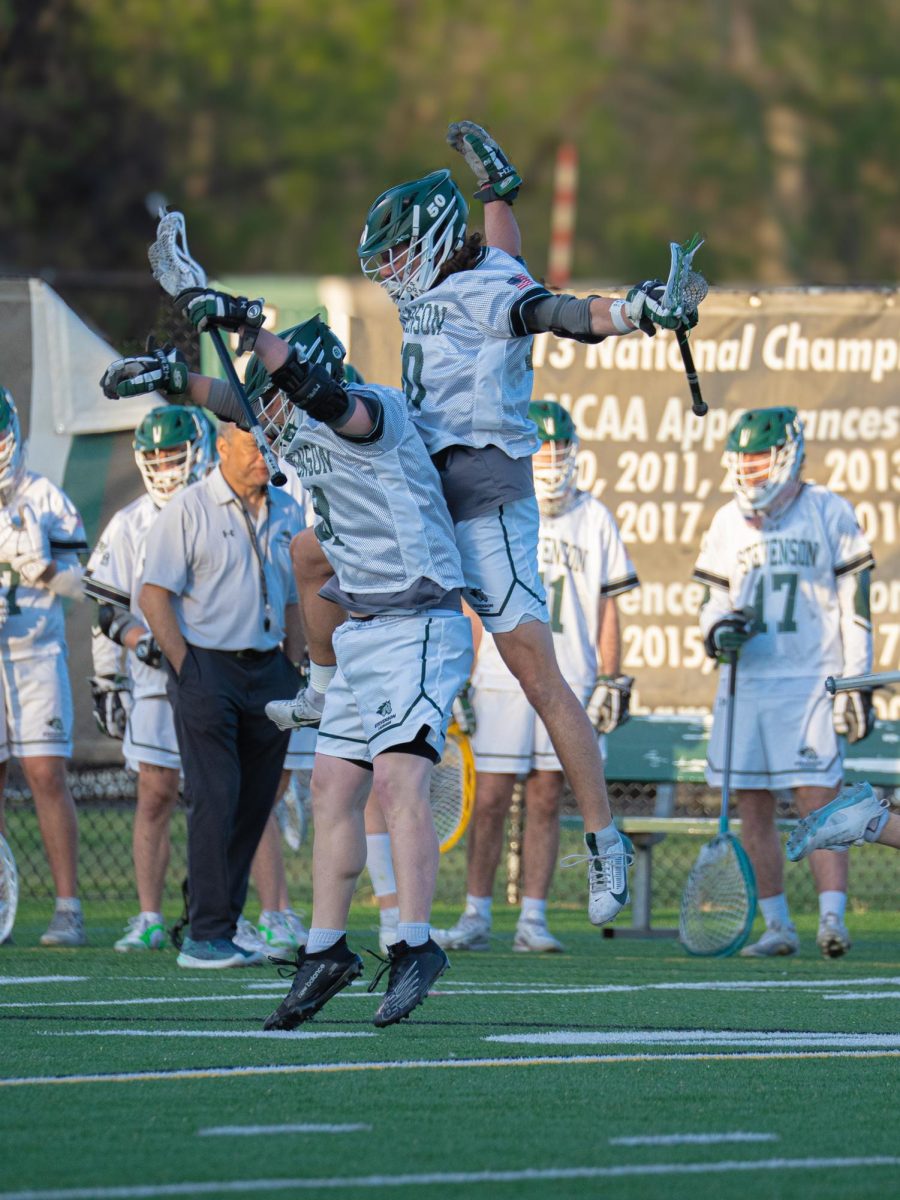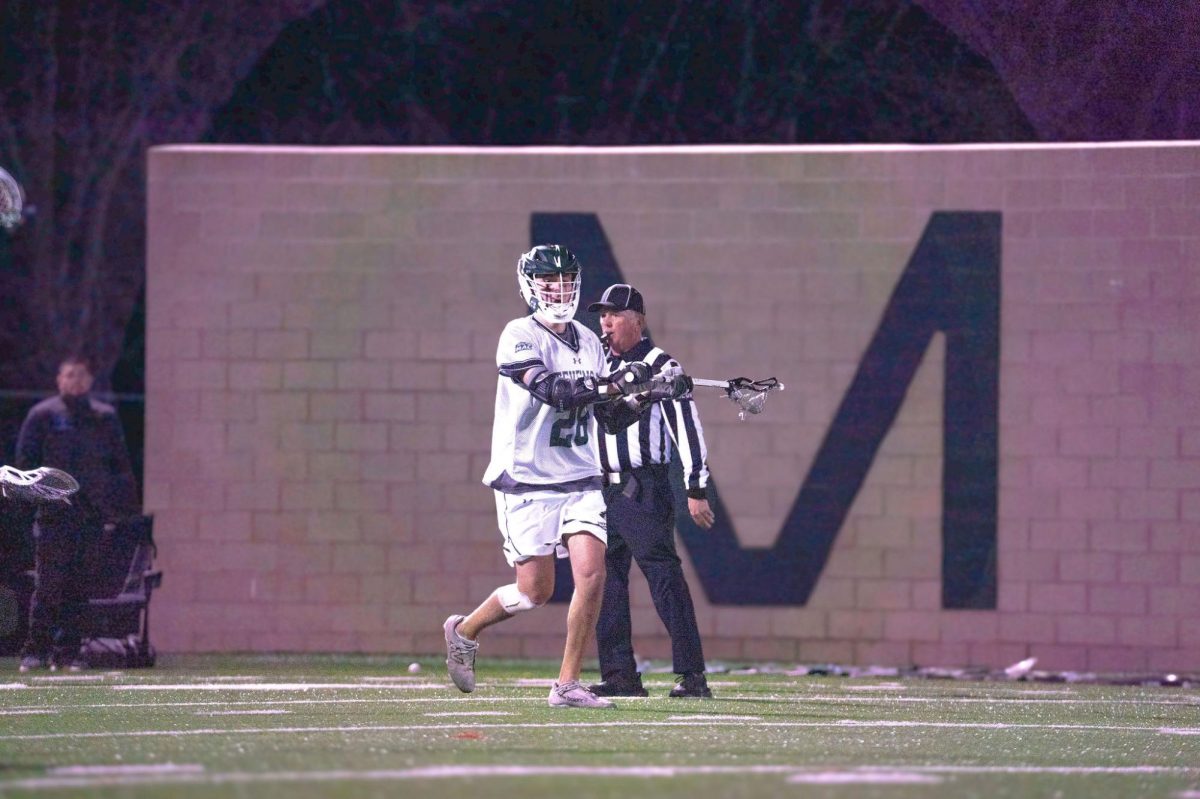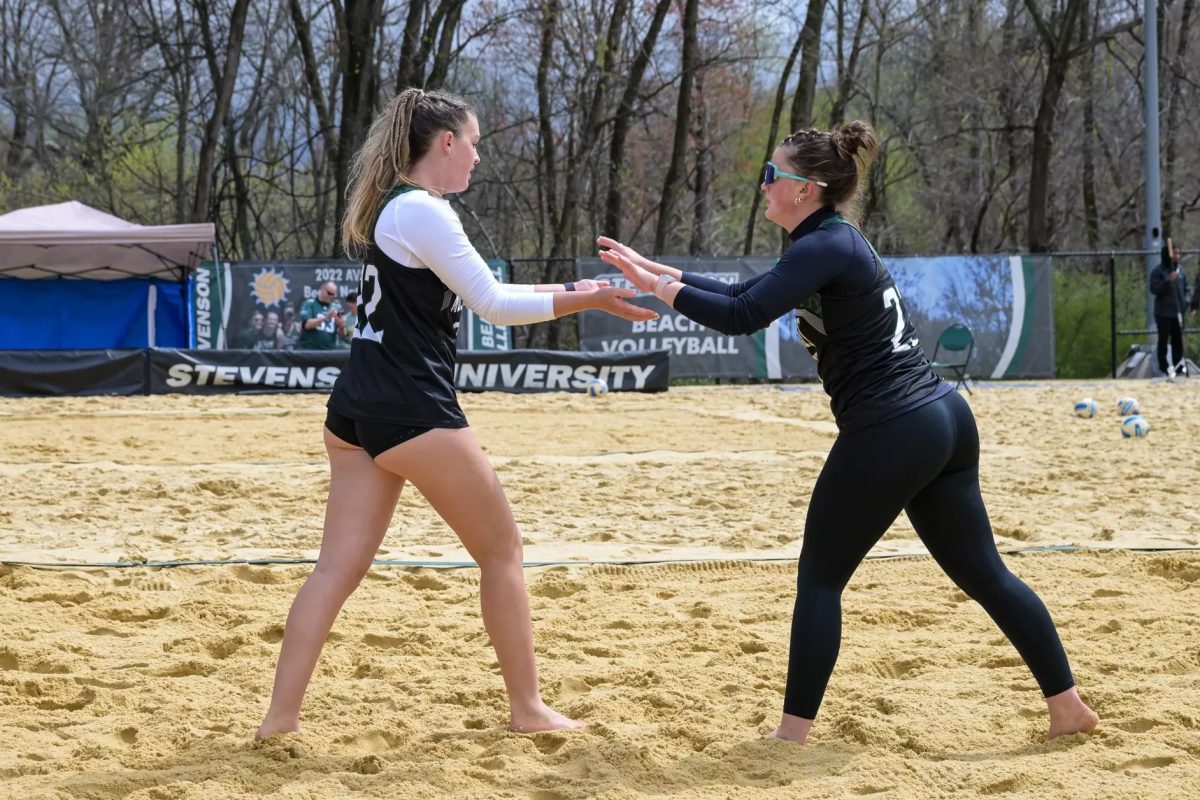On Sept. 8, 2022, Major League Baseball announced a new rule to increase the pace of play throughout Major League games for the 2023 season and beyond.

A pitch clock would be put in place to give pitchers 30 seconds between at-bats, 15 seconds between pitches with no one on base, and 20 seconds between pitches with runners on base. Batters must also be ready in the box within 7 seconds in between pitches.
For some, this was a controversial change. People said it took away from the nature of the game and would increase the number of injuries to pitchers.
For many, including several Stevenson students, the pitch clock has been a welcome addition to a sport they love.
Grant DeVivo is the senior sports editor for The Villager and a member of the Stevenson Club Baseball team. He is also one of the biggest Orioles fans in the state of Maryland and runs a blog site about the Birds’ Minor League organization titled Learning to Fly.
“I think we are in a period where baseball has a lot going on,” DeVivo said. “Sometimes you get antsy and wonder when the game is going to end. I think the pitch clock has done a great job of changing the game and attracting the younger generation too. We need the sport to grow, and I think the pitch clock is a great way for baseball to do that.”

Ben Johnson is a junior business communication major who grew up watching and listening to the Orioles.
“Living just outside of Baltimore, driving to the game, watching it, and driving home used to take about 4 hours,” Johnson said. “Now with the pitch clock, a whole hour is usually cut off and I have begun getting home a lot earlier which has been great to get more sleep. The other thing I like about it is it makes the game more interesting because these new violations can impact it. On Opening Day, a violation moved an Orioles runner to second and he ended up scoring.”
It is not just fans of the game who have enjoyed the new pitch clock. Multiple players on Stevenson’s baseball team think the pitch clock have been a great addition.
In college, the rules are a little bit different. The pitcher has 20 seconds to pitch no matter how many runners are on base. This along with the fact that many pitchers don’t have as long routines as the pros, hasn’t changed the pace too much.
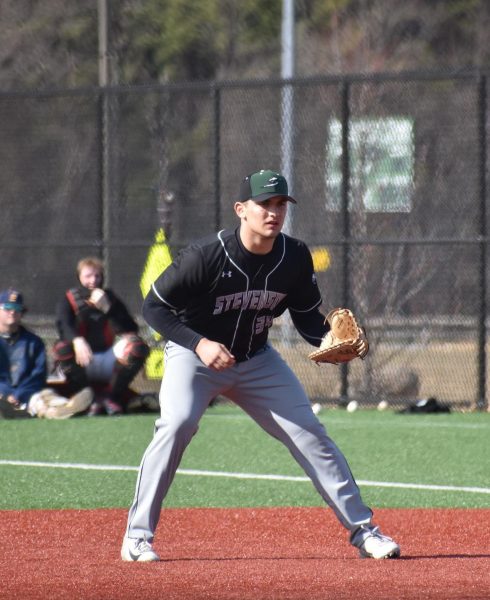
However, for sophomore outfielder Graham Sears, the pitch clock has still been a good addition as it helps keep the hitter focused.
“The only real change the pitch clock has made is that now the players need to be conscious of it,” Sears said. “I wouldn’t say the game has sped up, but now batters only have 5-10 seconds between pitches to keep their mind right.”
For teammate first baseman Vince Licor, the pitch clock has been most helpful by allowing both pitchers and hitters to establish a consistent rhythm.
“It makes pitchers and hitters stay in a rhythm now that time between pitches is maxed at 20 seconds,” Licor said. This posed a challenge to some guys at first, but it has eventually helped guys with their performances.”
Although controversial at first, the pitch clock has settled in as a staple for the sport of baseball. For spectators and players alike, the addition of the pitch clock has been a welcome change to America’s Pastime.


